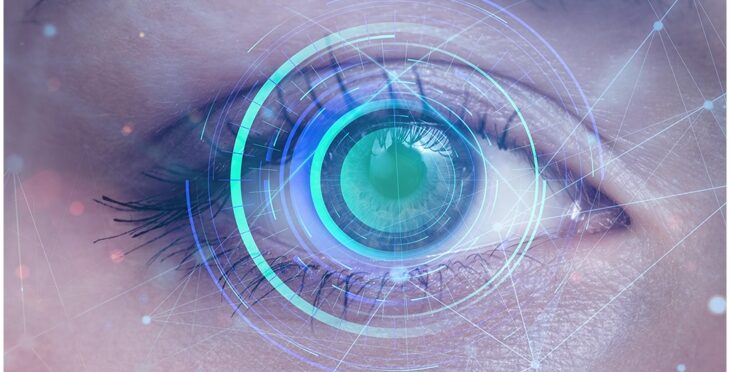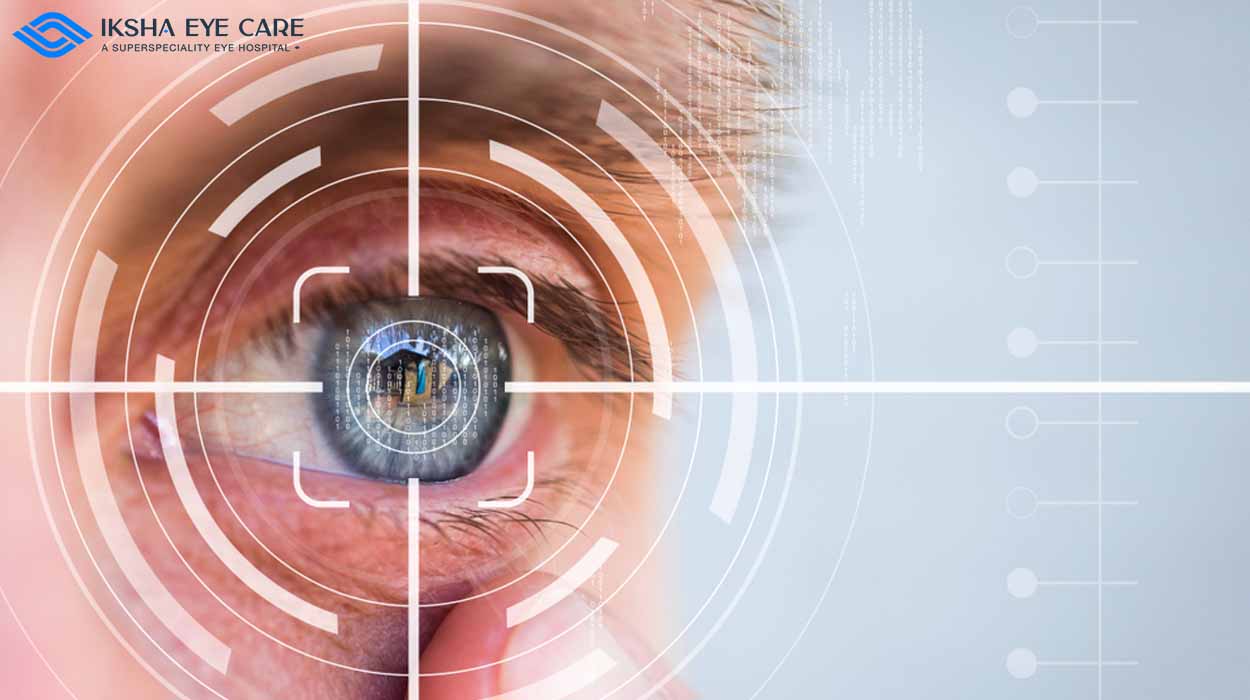Refractive Surgeries in AL: Improve Your Vision with Expert Care
Refractive Surgeries in AL: Improve Your Vision with Expert Care
Blog Article
The Role of Advanced Diagnostic Tools in Identifying Eye Disorders
In the realm of ophthalmology, the application of sophisticated diagnostic devices has changed the very early identification and monitoring of different eye disorders. From spotting refined adjustments in the optic nerve to keeping an eye on the progression of retinal conditions, these innovations play a pivotal duty in enhancing the precision and effectiveness of diagnosing eye conditions. As the need for precise and prompt diagnoses remains to grow, the combination of innovative devices like optical coherence tomography and aesthetic area testing has actually come to be crucial in the world of eye treatment. The intricate interplay between innovation and ocular techniques not only sheds light on complex pathologies however likewise opens doors to customized therapy methods.
Value of Very Early Medical Diagnosis
Early diagnosis plays a pivotal role in the effective monitoring and treatment of eye problems. By detecting eye conditions at an early phase, medical care carriers can use appropriate therapy plans customized to the specific problem, ultimately leading to much better outcomes for individuals.

Technology for Detecting Glaucoma
Sophisticated diagnostic modern technologies play an essential duty in the early discovery and monitoring of glaucoma, a leading reason for irreversible loss of sight worldwide. One such technology is optical coherence tomography (OCT), which gives comprehensive cross-sectional photos of the retina, enabling for the dimension of retinal nerve fiber layer density. This dimension is essential in assessing damages triggered by glaucoma. Another sophisticated device is visual field screening, which maps the level of sensitivity of a client's visual area, aiding to spot any kind of areas of vision loss quality of glaucoma. In addition, tonometry is used to determine intraocular stress, a significant threat element for glaucoma. This examination is important as raised intraocular stress can lead to optic nerve damage. More recent modern technologies like the use of artificial intelligence formulas in examining imaging information are revealing encouraging outcomes in the early discovery of glaucoma. These advanced diagnostic tools enable ophthalmologists to diagnose glaucoma in its early stages, enabling timely intervention and better management of the disease to stop vision loss.
Role of Optical Coherence Tomography

OCT's capacity to quantify retinal nerve fiber layer density permits for precise and objective dimensions, assisting in the early detection of glaucoma also prior to aesthetic area defects end up being evident. In general, OCT plays a critical role in go to my site improving the diagnostic accuracy and administration of glaucoma, inevitably adding to far better end results for people at risk of vision loss.
Enhancing Diagnosis With Visual Field Testing
A vital element in detailed sensory analyses, visual area screening plays a pivotal role in enhancing the diagnostic process for numerous eye disorders. By evaluating the full extent of a patient's visual area, this examination supplies critical details concerning the practical stability of the entire visual path, from the retina to the aesthetic cortex.
Aesthetic field testing is particularly beneficial in the medical diagnosis and monitoring of conditions such as glaucoma, optic nerve disorders, and various neurological conditions that can influence vision. With quantitative look at this site measurements of outer and main vision, clinicians can spot subtle adjustments that might show the existence or progression of these disorders, also before visible symptoms take place.
Moreover, visual area testing permits the monitoring of therapy effectiveness, aiding eye doctors tailor therapeutic treatments to individual people. eyecare near me. By tracking modifications in visual area performance over time, doctor can make enlightened choices about changing medicines, suggesting surgical interventions, or implementing various other appropriate actions to preserve or boost a client's aesthetic feature
Handling Macular Deterioration

Verdict
In verdict, advanced analysis devices play an important role in recognizing eye conditions early on. Technologies such as Optical Coherence Tomography and aesthetic field screening have actually significantly improved the precision and efficiency of detecting conditions like glaucoma and macular degeneration.
Report this page